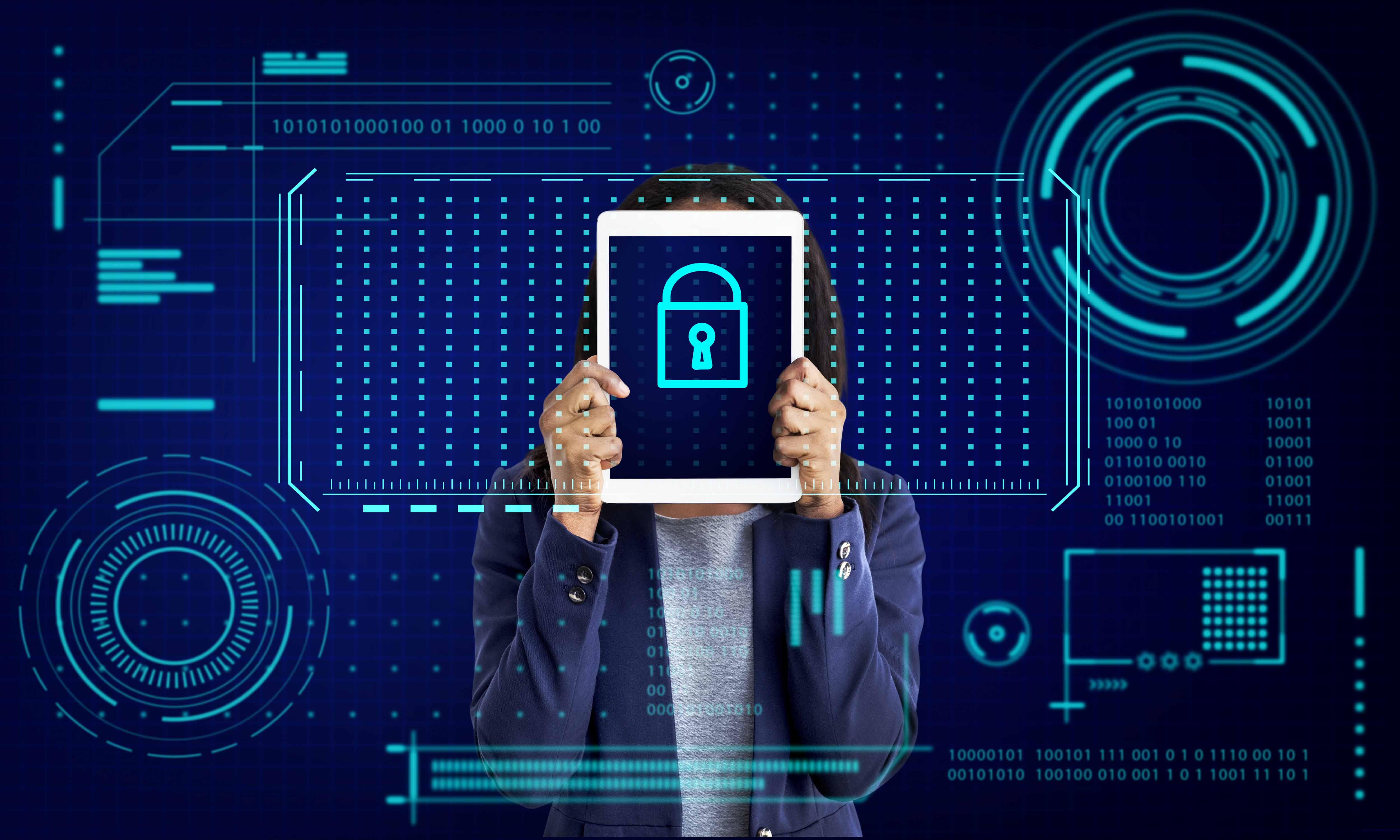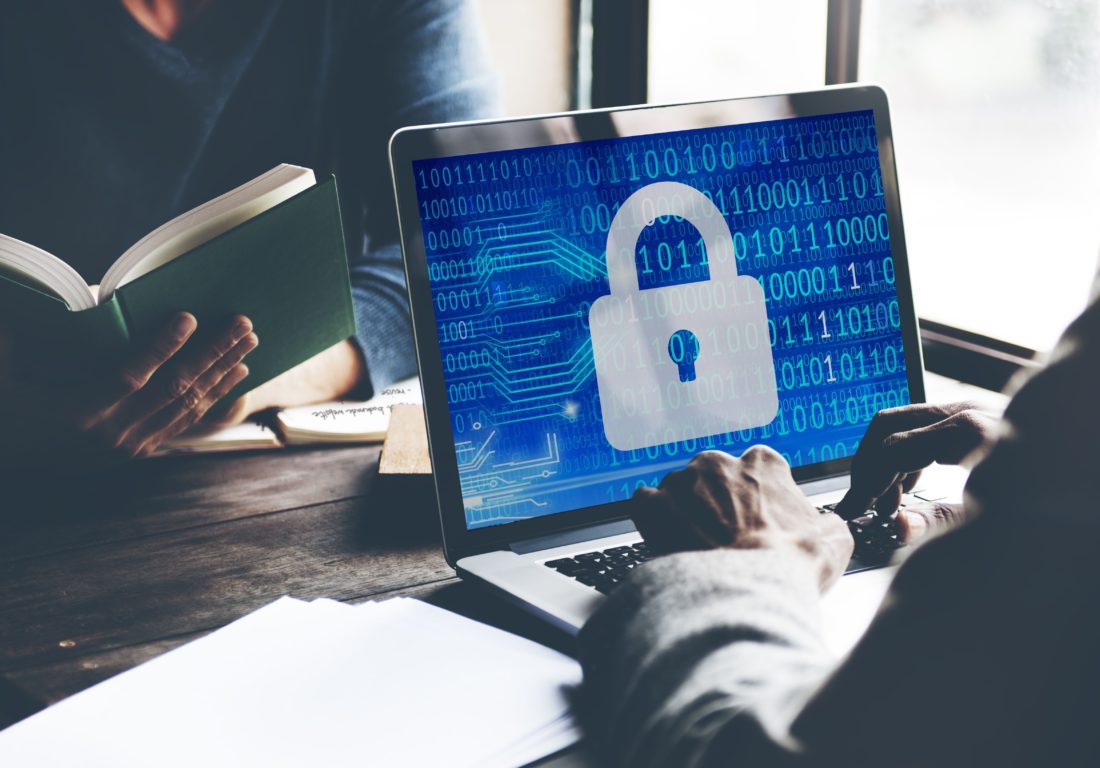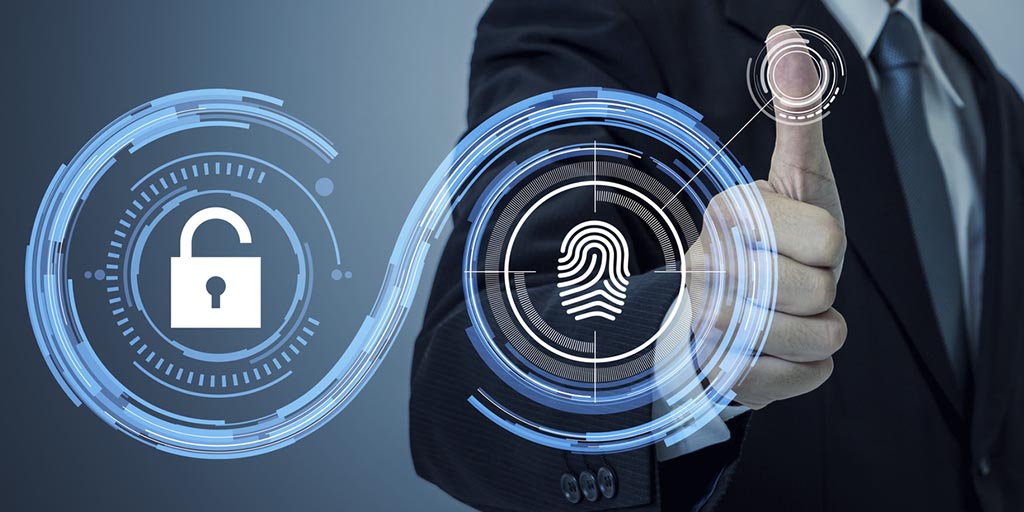
por Rebeca | Oct 27, 2022 | Sin Categoria
A digital signature is a mathematical technique used to validate the authenticity and integrity of a message, software or digital document. Everywhere you can see the importance of digital signatures. The digital equivalent of a handwritten signature or stamped seal, but it offers far more inherent security. A digital signature solves the problem of tampering and identity theft in digital communications.
Digital signatures evidence the origin, identity and status of electronic documents, transactions or digital messages. Signers also use it to acknowledge informed consent.
Where lacks the importance of digital signatures?
In many countries, including the United States, digital signatures are considered legally binding. In the same way as traditional handwritten document signatures.
The use of “digital signatures” has exploded during the pandemic. Around the globe, people have changed how they travel, transact, and work. In the manufacturing sector, organizations have gravitated to hybrid work environments. In all these cases, this tool protects digital interactions and digital assets, from documents to software code.
Unfortunately, all of these digital assets remain at risk. Because the signing certificate expires. Fraudsters can make these certificates appear as if they are still valid. But time stamping services prevent forgeries. This process gains confidence in digital signatures.
Are digital signatures secure?
Yes, electronic signatures are safe. People often ask, «Can my digital signature be forged, misused, or copied?». Furthermore, it is very easy to forge or manipulate wet signatures. Instead, electronic signatures have many layers of security and authentication built in. Therefore, its use is valid in legal proceedings.
The importance of a security-first approach to e-signatures
The level of e-signature security varies by provider, so it’s important to choose an e-signature provider that has robust security and protection weaved into every area of their business. Those security measures should include:
- Physical security: protects the systems and buildings where the systems reside
- Platform security: safeguards the data and processes that are stored in the systems
- Security certifications/processes: help ensure the provider’s employees and partners follow security and privacy best practices
Until now, digital signatures were useful as a tool only for internal company purposes. Consequently, online transactions and other processes use this tool. This tool allows transactions to be safe and smooth for both sellers and customers. Authentication is effective even if it is digital. Therefore, digital signatures are a form of authentication.
Learn all about digital identity.
Advantages of using digital signatures for online transactions
With such a structured way of working, this tool allows offer distinct advantages in securing online transactions.They are equipped with an ever-evolving array of technologies and advanced security systems. What are these advantages? Check out the list below.
- Minimize the risk of payment fraud
- Simplify contract execution
- Share data more securely
The development of the digital economy is currently a new phenomenon in global economic governance. Both in developed and developing countries. That is why the role of digital signatures in the new business economy is growing more and more.
References:
(1) Solution Review
(2) Docusign
(3) Techtarget
Picture:
Foto de Coche creado por gpointstudio – www.freepik.es

por Rebeca | Mar 2, 2022 | Noticias, Recursos, Soffid
A digital signature is a mathematical technique used to validate the authenticity and integrity of a message, software or digital document. It’s the digital equivalent of a handwritten signature or stamped seal, but it offers far more inherent security. A digital signature is intended to solve the problem of tampering and impersonation in digital communications.
Digital signatures can provide evidence of origin, identity and status of electronic documents, transactions or digital messages. Signers can also use them to acknowledge informed consent.
In many countries, including the United States, digital signatures are considered legally binding in the same way as traditional handwritten document signatures.
The use of “digital signatures” has exploded during the pandemic. Around the globe, people have changed how they travel, transact, and work. In the manufacturing sector, organizations have gravitated to hybrid work environments. In all of these cases, digital signatures are being used to protect digital interactions and digital assets, from documents to software code. Unfortunately, all of these digital assets remain at risk since the signature’s certificate may have expired or been revoked. Fraudsters can make these certificates appear as though they were still valid. But their changes and forgeries can be combatted using time stamping services that bring trust to digital signatures.
Are digital signatures secure?
Yes, electronic signatures are safe. A common question people have is “Can my digital signature be forged, misused or copied?” The reality is, wet signatures can easily be forged and tampered with, while electronic signatures have many layers of security and authentication built into them, along with court-admissible proof of transaction.
The importance of a security-first approach to e-signatures
The level of e-signature security varies by provider, so it’s important to choose an e-signature provider that has robust security and protection weaved into every area of their business. Those security measures should include:
- Physical security: protects the systems and buildings where the systems reside
- Platform security: safeguards the data and processes that are stored in the systems
- Security certifications/processes: help ensure the provider’s employees and partners follow security and privacy best practices
Until now, digital signatures have been seen as a useful tool solely for internal company purposes. In fact, however, they can be implemented in a number of fields, including online transactions. Digital signatures enable transactions to be safe and smooth for both sellers and customers, as authentication is effective even though it is done digitally. Digital signatures are thus a form of authentication.
Advantages of using digital signatures for online transactions
With such a structured way of working, digital signatures offer distinct advantages in securing online transactions. They are equipped with an ever-evolving array of technologies and advanced security systems. What are these advantages? Check out the list below.
The development of the digital economy is currently a new phenomenon in global economic governance, both in developed and developing countries. The role of digital signatures within this new digital economy is increasingly being felt.
References:
(1) Solution Review
(2) Docusign
(3) Techtarget
Picture:
<a href=’https://www.freepik.es/fotos/coche’>Foto de Coche creado por gpointstudio – www.freepik.es</a>

por Rebeca | Dic 1, 2021 | Ciberseguridad, Noticias, Recursos
On November 30, the International Information Security Day.
As a result of this situation the Association for Computing Machinery (DHW), decree that every November 30, all people would be reminded of the obligation and need they have to protect their data from any type of corrupt action that may occur in the digital sphere.
What is… International Information Security Day?
Currently, most of the sensitive information of companies is on the Internet, more specifically in the different clouds. Workers are the first responsible for ensuring this data and not sharing it by any other means that could put the information at risk.
This is designed to create greater awareness of computer security issues and encourage people to secure the personal information stored on their comp.
In order to join the celebration in order, here we share 7 basic tips that every Internet user should follow.
How to protect your internet security
- Manage your passwords well: It is not only about putting a difficult password in terms of length, but also that it does not have as much relation to you, or at least not as obvious a relationship as your dog’s name or your date of birth. As well as avoiding words that appear in the dictionary. The second thing is to try to vary the password in the different portals, if you want you can have 5 main ones, but not just one for everything.
- Don’t trust the public Wifi: It’s not that you can’t use it to ask questions, watch a video while waiting for the train or read news, but don’t use it in high-risk spaces, such as enter the bank’s page and even enter your social networks or email.
- Always update the software: We all find it tedious that every so often the computer or our website says that we have to update a program or plugin, but normally these updates seek to create patches in gaps that the previous version has left free and that puts our data at risk.
- Don’t download everything from anywhere: A bad habit that netizens have, is that we love the free and that’s why without thinking much we give it to download. Same with emails that have an attachment that looks interesting. First make sure that the website or sender is safe and then download the content.
- The mobile phone is also a computer: You must manage your mobile, just as you do with your PC. That is, download an antivirus and take care of the sites you enter with it.
Cyber security is no longer enough: businesses need cyber resilience
Today, we work from anywhere, on more devices, more networks, facing more risk than ever before. Widespread phishing, malware, ransomware attacks; and other frauds pose a risk not just to individuals or platforms; but to entire economies, governments, and our way of life.

Yet the way we think about securing our businesses and our data hasn’t really kept up. But these defenses are proving insufficient in the face of attacks that grow more sophisticated by the day. We need cyber resilience in addition to cyber security, celebration in order and it’s important to understand the difference.
Challenges in the use of maturity models
An assessment-focused framework based on a numerical score can lead to a box-checking culture. But cyber resilience is not about comparison, and there is no final destination.
When the National Institute of Standards and Technology (NIST) framework for improving critical infrastructure cyber security was introduced there was a national call to action. Now, society and business is at another turning point. Both public and private organizations are working in entirely new, more digital. More distributed ways, which has further opened the floodgates to cyber risk. The May 2021 Presidential Executive Order states that: “The United States faces persistent and increasingly sophisticated malicious cyber campaigns that threaten the public sector, the private sector, and ultimately the American people’s security and privacy.» It calls for a public-private partnership to make the bold changes necessary to protect hybrid cloud infrastructures.

Celebration in order And like the NIST Framework, it’s important that a new. So consider this an open call: celebration can we come together to establish this framework? Can we make cyber resilience a part of business as usual? We need to work together, to make everyone stronger.
Sources:
(1) World Economic Forum
(2) Marketing Research Telecat
(3) Security Info Tech
Pictures: <a href=’https://www.freepik.es/fotos/personas’>Foto de Personas creado por rawpixel.com – www.freepik.es</a>

por Rebeca | May 26, 2021 | Ciberseguridad, Recursos, Soffid
Imagine this scenario about Future Trends in Access Management… – If you are the CEO of a mid-sized organization with branches in different continents and three thousand employees, how efficiently could you monitor logins? Perhaps, on a bad day, an employee would have lost their Smartphone or lost the paper in which they wrote the password.In such a case, would you identify that one illegal or criminal login from all the 3000 logins that day?
In this scenario, we are yet to find a universal solution to manage online identities in both the government and the private sector.
Since the IAM space is continuously evolving
Organizations identify new trends in Identity and Access Management to minimize data-breaches, meet regulatory requirements, and manage user identities to the utmost extent.

Years of data breaches stemming from credential theft, attacks targeting privileged user accounts and poor password practices have led to a major evolution in identity and access management technology designed to protect enterprise data.
Five IAM trends are addressing the need for greater user account and network protection.
Identity and Access Management (IAM) has the attention of cybersecurity professionals around the world. The identity and access management market growth has roughly quadrupled over just the last three years, and shows no signs of slowing down any time soon.
The COVID-19 pandemic has raised the visibility of identity & access management (IAM) due to the high priority in getting remote access secured and the increased protection needed around digital transformation initiatives.
In an effort to make organizations more secure, agile and resilient, IAM leaders must improve governance and strengthen privileged access management (PAM) practices to prevent breaches, establish more robust and agile authentication and authorization, and enhance consumer IAM to prevent fraud and protect privacy.
In this rapidly changing business scenario, here are upcoming trends that promise to revolutionize the IAM sector:
1) Adapting Biometrics
As per Global Market Insights, the global biometric market would reach an estimated value of USD 50 billion by the end of 2024. Perhaps one of the rapidly emerging trends in the IAM sector, biometrics like retinal scans, facial recognition systems, and fingerprints, is highly preferred for ensuring authorized users in networked systems.

To counterbalance this threat, the future trend would involve IAM, which relies on biometric data, to get an additional layer of security for protecting the biometric information.
2) Blockchain and Future Trends in Access Management
Blockchain offers features like transparency, reliability, and integrity, making it a popular choice for ensuring data protection with both public and private sectors.
While talking about Blockchain in the context of IAM; the two aspects, the come into play are – Audit trail and self-sovereign identity. Self-sovereign identity is the concept of an individual protecting their entire identity as their personal property rather than let an organization or third-party provider manage it. By keeping the individual’s information protected by encryption in a permanent blockchain across a distributed network system, this concept offers complete individual control over their identity data.
Through the Self-sovereign identity system, the idea is to replace centralized; identity providers and instead let each individual take control and decrypt the data only when required.
Audit trail, a user’s entire login history, access request, permission grants, changes performed, or engagement is recorded. This is helpful for an organization in monitoring activities, detecting fraud, and also meets compliance requirements.
3) Single Sign-On Systems and MFA
While MFA is one of the most popular IAM practices, there is still plenty of scope for its improvement; as data breaches still occur and cause substantial revenue losses. Adaptive Authentication is the advanced version of MFA. Which relies on machine learning capabilities to detect } user behavior or illegal entry.
Adaptive Authentication pulls in all the details of user login in terms of login time. Device, location, browser, and other data, which helps analyze a login attempt’s authenticity. Based on the analysis, if a login attempt turns out to be fishy. The system will ask the user to fill in an MFA to be authenticated.
Another popular IAM industry trend is Single Sign-on (SSO System) usage with MFA. That helps users leverage a unified, singular set of credentials to gain access to networks; data, applications, web, and the cloud.
4) IAM and the Internet of Things (IoT)
With the arrival of the Internet of Things (IoT), there is a massive requirement for Identity Access Management service. Whenever an IoT based device is added to a network, there increases the need to mitigate security risk.
Hence, the current priority is to ensure secure identity access management. On these IoT devices for restricting the entry of hackers into the network. Devices that can pose a threat could feature smart TVs, security cameras, and smart bulbs.
Another technology that could prove to be a breakthrough is working on IAM systems. Which require the system to authenticate a user’s access through numerous devices.
Also, in numerous cases, securing IoT devices would be achieved by embedding; the device identities in the processing chip and being an integral part of the hardware.
5) Artificial Intelligence in IAM
An aspect of Identity Management, Context-based identity, also is responsible for comparing data about. This data includes numerous behavioral patterns like physical location, IP address, usage, preferences, and machine address.
Leveraging AI programming algorithms for data mining helps discover data patterns. That are extremely helpful in reducing fraud and identifying risks. This technique has been highly useful in banking systems across the globe.
6) Identity Access Management for Cloud Services
Since the cloud is in great demand, organizations have been shifting to cloud. Services to provide advantages such as efficiency, scalability, and flexibility.
Namely, Access Management, Identity Management, Access Governance, and PAM. We help you elevate your organization’s goals towards digital transformation and help develop data strategies. In line with revenue maximization and achieve customer satisfaction.
(1) Gartner
(2) Search Security

por Rebeca | May 19, 2021 | Soffid
Código Abierto
Today’s business leaders face enormous pressure from markets, competition, and the current pandemic, which is radically changing the way we do business and engage with customers. Organizations need to adapt, imagine new revenue models, innovate as never before, and attract a new generation of talent to fuel this evolution and help the business stay relevant.
In the last few decades, organizations large and small have started leveraging the benefits of open source at unprecedented levels. One of the benefits of working with open source technologies or projects is the free sharing of ideas. Open source brings people together to brainstorm and develop a common piece of technology.

The open source web frameworks offer an alternative that shifts the company focus from the centralisation of resources – which has become of little significance – to the adoption of more internationally widespread technologies. The technological exclusive and the supposed guarantees of a private supplier are exchanged for a transparent shared standard.
In the past technology ownership guaranteed a competitive edge over the competition and money could also be made from licensing.
With the growth of the web and the spread of technologies to support the online services, the IT sector has experienced the formation of a very fragmented situation.
In this scenario the big digital service companies have played an important role, at times determining with their economic weight the growth of some of these technologies and the consequent decline of others. New international standards have been set.
At the same time
Many cases of successful open source frameworks have emerged which have ridden the wave of the community-driven technologies, i.e. developed and maintained by international teams of independent developers.

In light of the success obtained by these frameworks, today privatising the technologies on which to base their services. Also and products means companies run the risk of reinventing the wheel, rather than concentrating on activities that create solid value.
Compared to open source frameworks the owned ones are more expensive; and risk becoming outdated more quickly in a world in constant evolution.
The value of ideas has increased
A shared technological standard on an international level, helped by an open source philosophy; has a superior value compared to the in-house alternatives. The ability to integrate programming languages and different tools effectively and using the resources already created; by other developers increases the competitiveness of the web-based platforms.
Considering the rise of open source frameworks the question is not how to centralise control over technology. But how to adapt these resources to our advantage, participating in their progressive enhancement while developing components for company use.
Technology is the tool that allows us to drive value; but this comes from positive ideas to digitalise the company resources available.
With freemium solutions like Soffid, the customer get all the benefits from both sides; from the traditional product and from the open source product. But they get a good support, they get a development roadmap and quick security fixes.
Soffid is one Single product, release like open source and including all the features; about Identity and access management, priviledge account management and identity governance.
Shall we talk?











